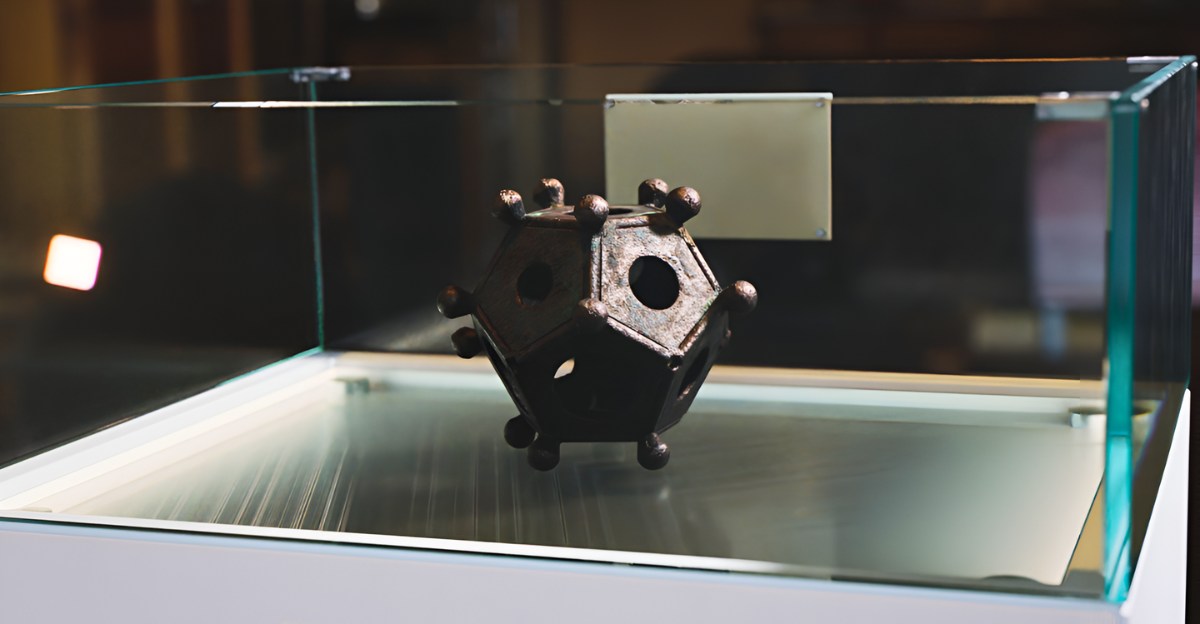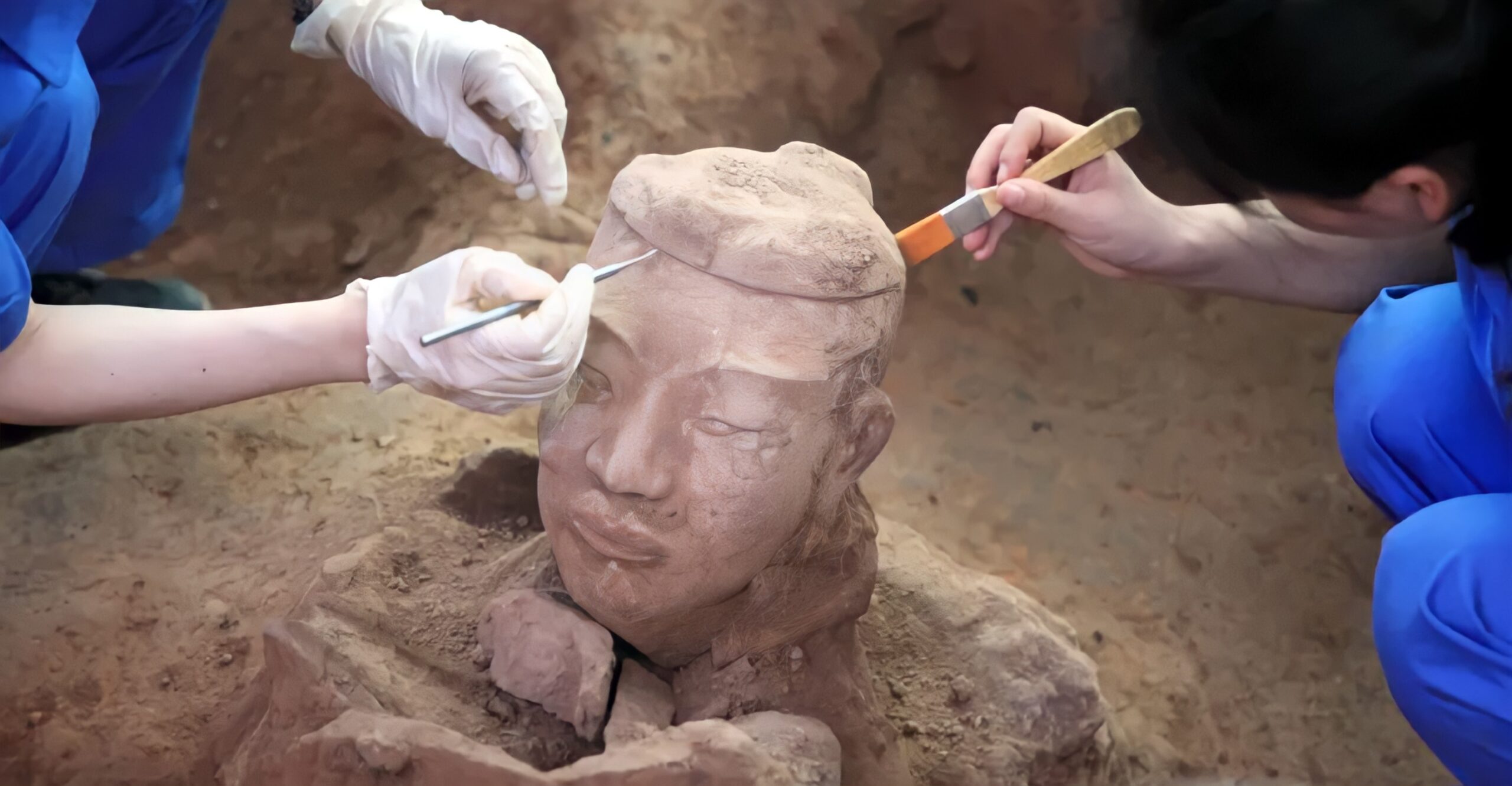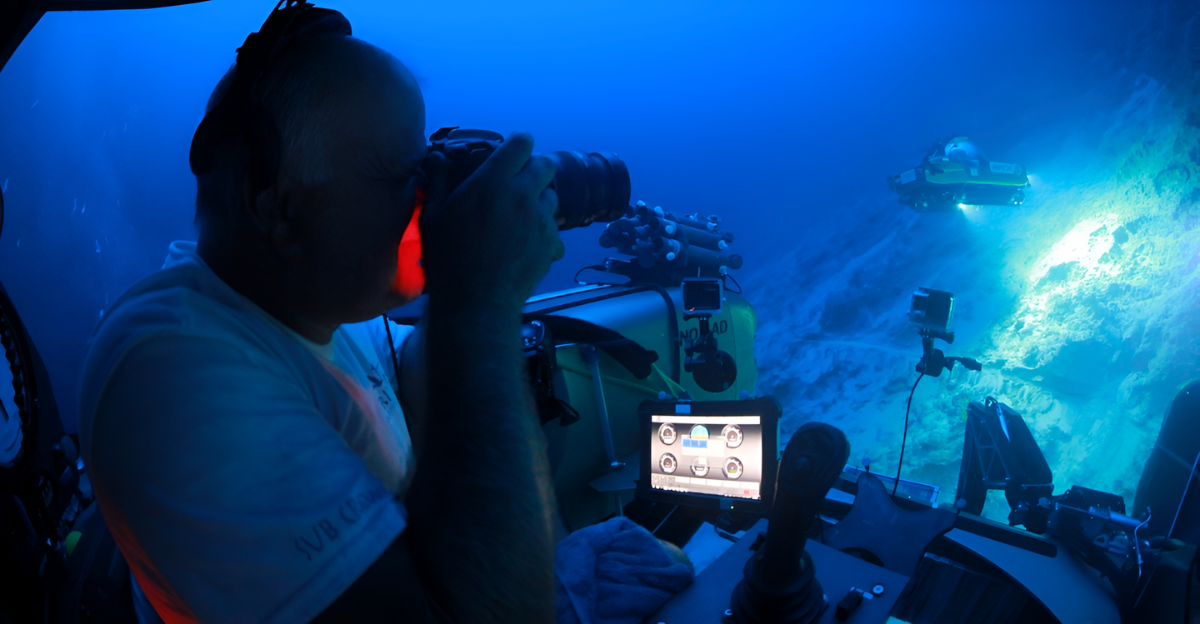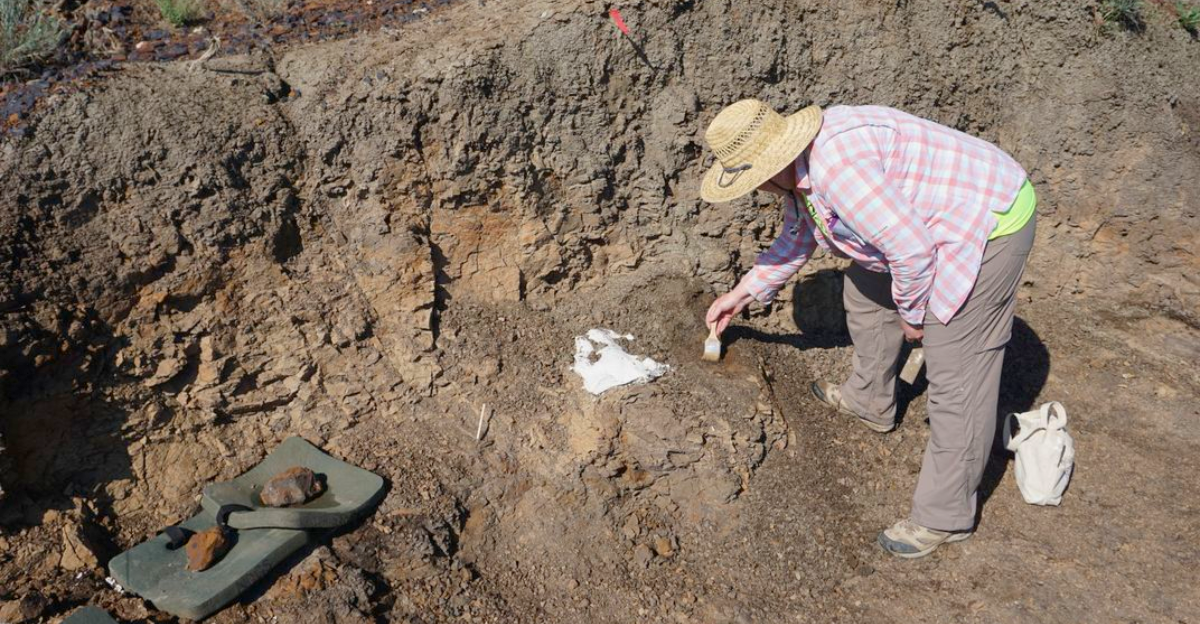
Something remarkable has been found inside fossilized teeth buried for nearly 18 million years. These aren’t just bone relics or dental wear.
Researchers at Harvard and the Smithsonian have found preserved proteins inside ancient tooth enamel; something once thought scientifically impossible.
This unexpected breakthrough is now shaking up what we know about the limits of molecular preservation.
But what do these proteins actually tell us? And why are they so importantl? Let’s unravel the mystery, one layer at a time.
Teeth That Time Didn’t Erase
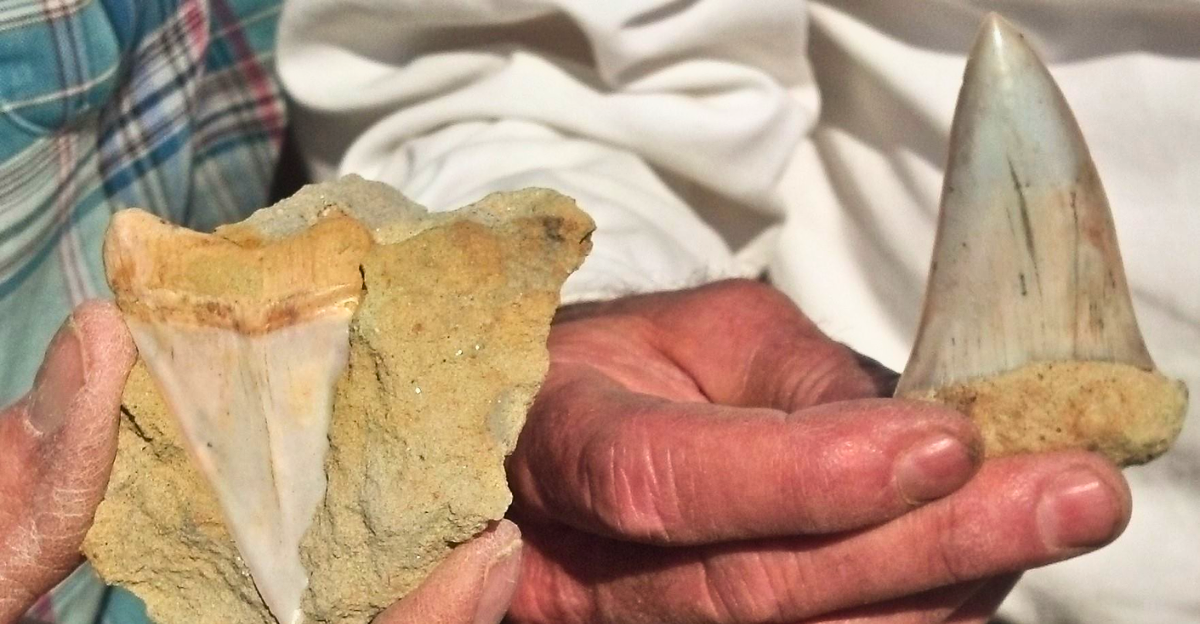
Teeth are the hardest material in the body. Their durability means they often survive long after bones have turned to dust.
That’s why paleontologists have always valued them for clues regarding ancient diets and environments. But until now, they’ve only been seen as structures.
This discovery takes things further, not by examining the surface of the teeth, but by uncovering what has remained hidden deep inside them for millions of years.
Not Just Fossils, But Time Capsules

When researchers analyzed fossil teeth from Kenya’s Rift Valley, they weren’t just studying the shape or wear.
They used advanced technology to look deeper into the enamel itself. What they found were proteins preserved in microscopic fragments.
These weren’t just any proteins, but peptide chains that had survived for 18 million years, preserved pristinely.
Science Thought This Wasn’t Possible

Until recently, it was believed that proteins couldn’t survive more than a few million years. They’re fragile, and time usually degrades them.
The previous record for preserved peptides was just 3.5 million years. So finding proteins over five times older has made scientists rethink what’s chemically possible in the fossil record.
How They Pulled It Off

The researchers used a cutting-edge technique called liquid chromatography-tandem mass spectrometry (LC-MS/MS).
This method allows scientists to separate and analyze tiny chains of amino acids with extreme precision. It’s like finding fragments of a song on a broken cassette and still being able to tell who the artist was. That’s how detailed this method is.
The Perfect Specimen: Enamel
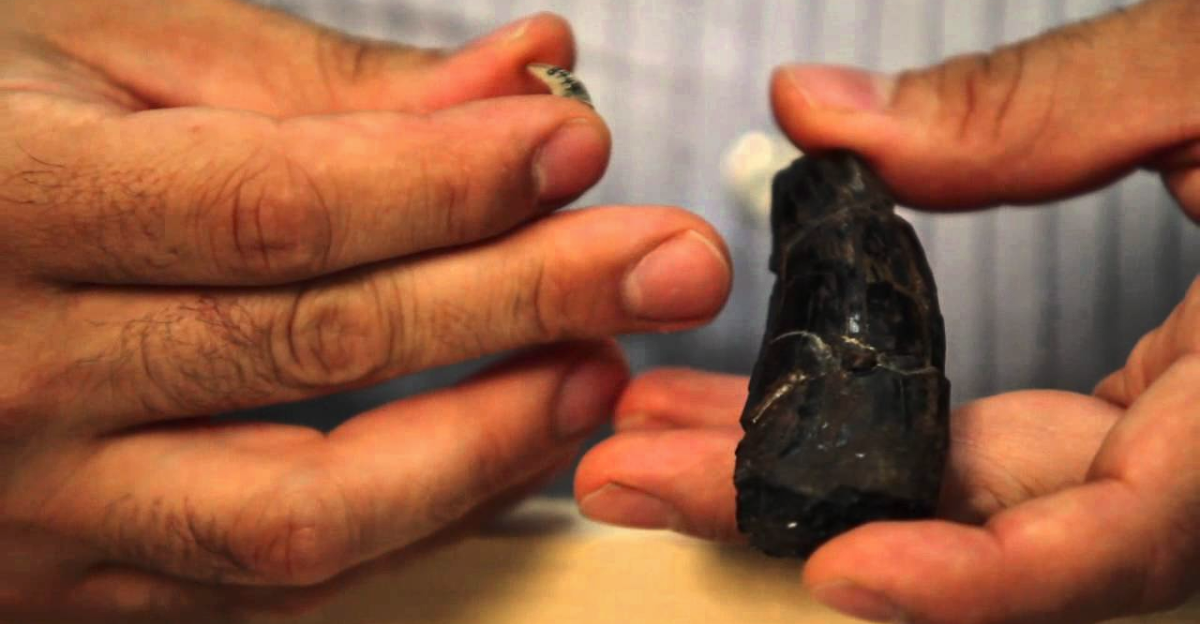
Why did these particular teeth maintain their proteins for so long? It comes down to enamel thickness. The ancient mammals these fossils came from, like early elephants and rhinos, had unusually thick enamel. In some places, it measured up to three millimeters. That dense structure helped shield the proteins inside from water, bacteria, and time.
Kenya’s Fossil Goldmine
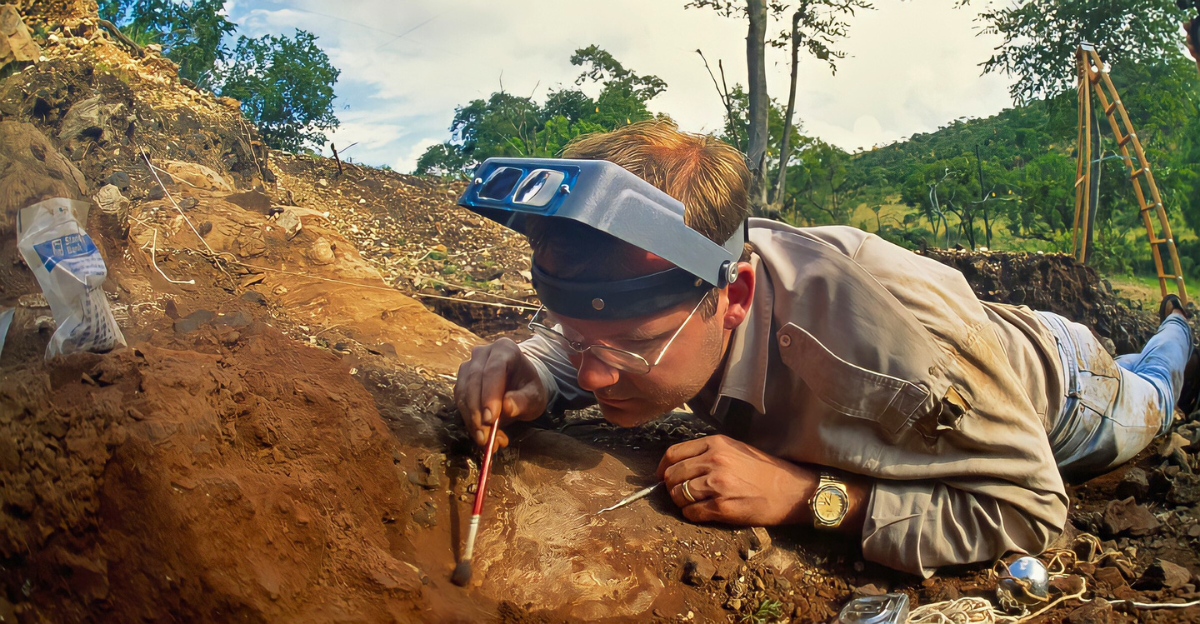
The teeth used in the study were excavated from Kenya’s Rift Valley, one of the most significant paleontological sites in the world.
This area has produced numerous well-preserved fossils, including those of early humans and ancient mammals. The region’s dry conditions and layered sediments made it the perfect natural archive.
What the Proteins Reveal
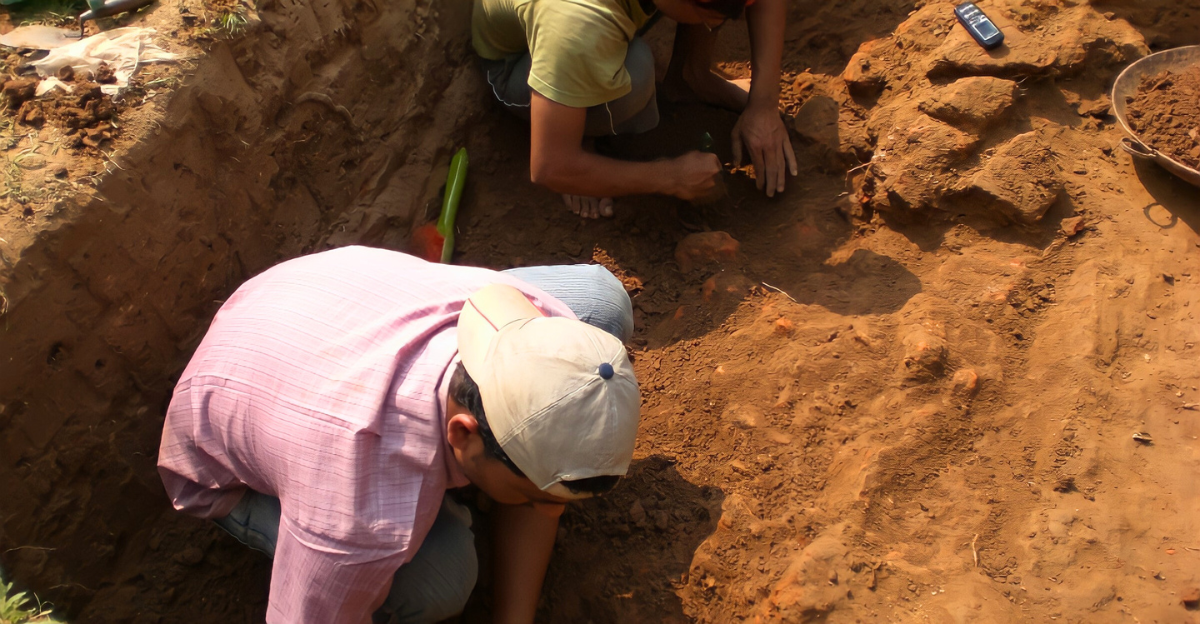
Now that scientists know proteins can survive this long, they’re using them to go far beyond the limits of traditional fossil study.
These protein fragments offer insight into diet, health, and even evolutionary lineage. They’re biochemical fingerprints of ancient life, not just what an animal looked like but how it lived.
From Tooth to Timeline
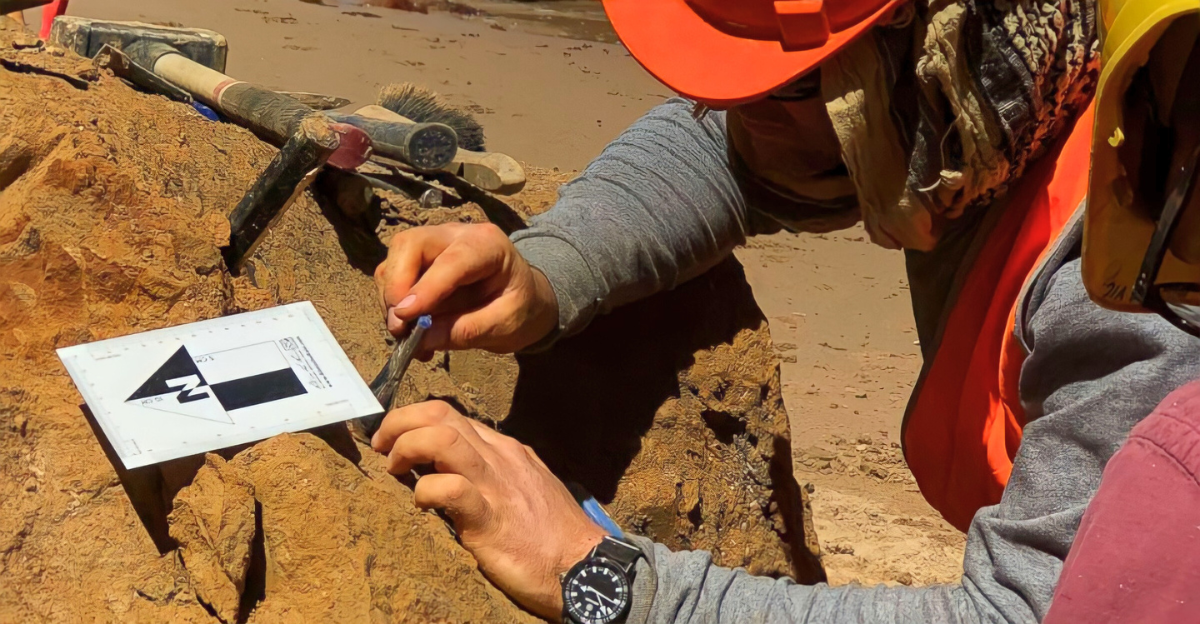
Studying ancient proteins allows researchers to build molecular timelines. It’s like reconstructing a family tree, not just from bones but from molecular data.
Even species with no modern relatives can now be placed more accurately in the tree of life, offering new clarity on how animals evolved.
Filling Evolutionary Gaps
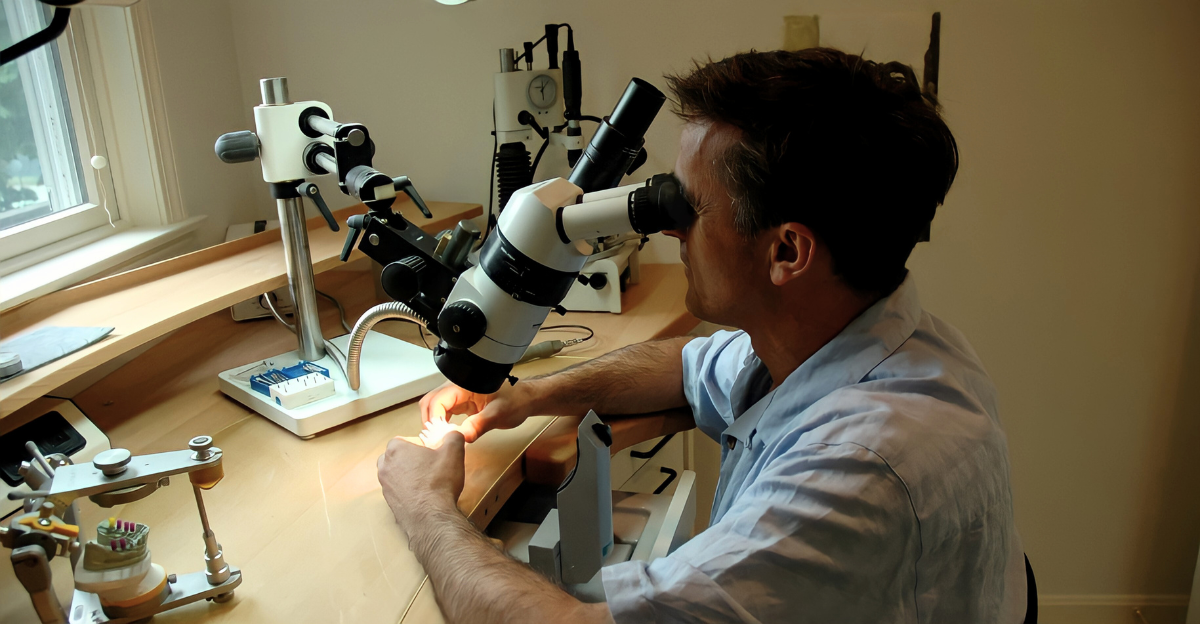
Many extinct mammals’ evolutionary paths are still unclear. With protein data, scientists can now revisit those puzzles.
By comparing ancient proteins to those of modern species, they can better understand evolution, genetics and how diet or size developed across millennia.
Beyond Bones and Morphology

Paleontology has traditionally relied on bones, skulls, footprints etc to piece together the past. But those clues only go so far.
Proteins provide a more precise look at biology: metabolism, disease patterns, and life span. We’re not just seeing the skeleton of the past; we’re seeing its inner workings.
A Glimpse Into Lost Worlds
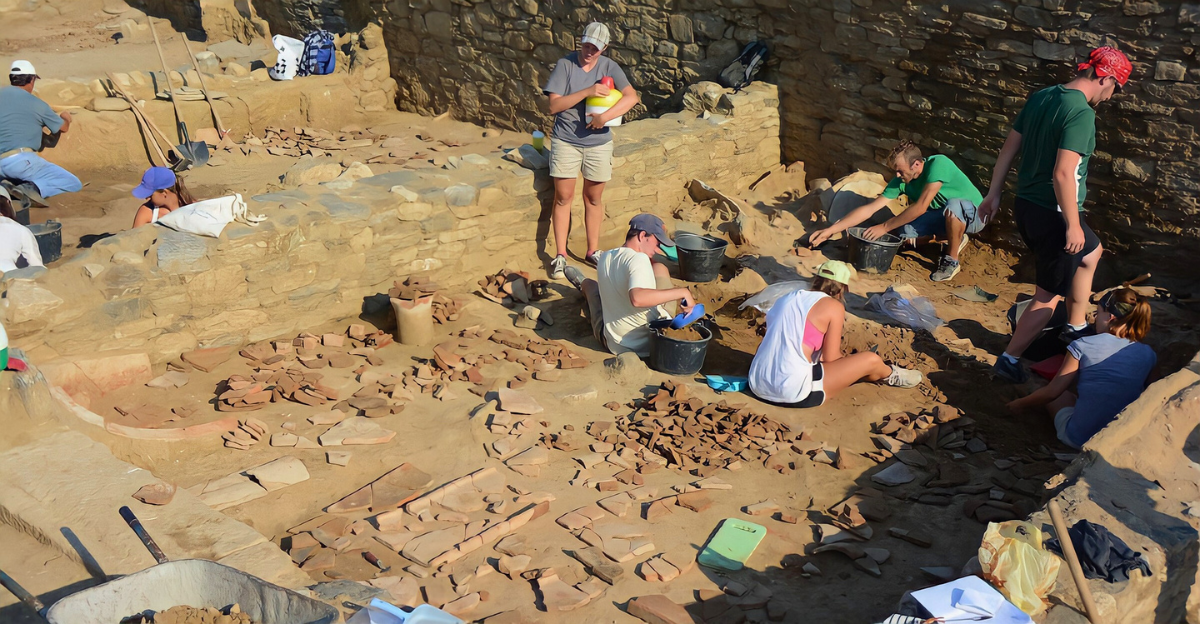
What did these animals eat? How did they survive changing climates? How did they die? Ancient proteins hold traces of these answers.
In time, this research may help us understand how environmental stress affected species, and what that might mean for animals (and humans) today.
Proteins vs. DNA: What’s the Difference?
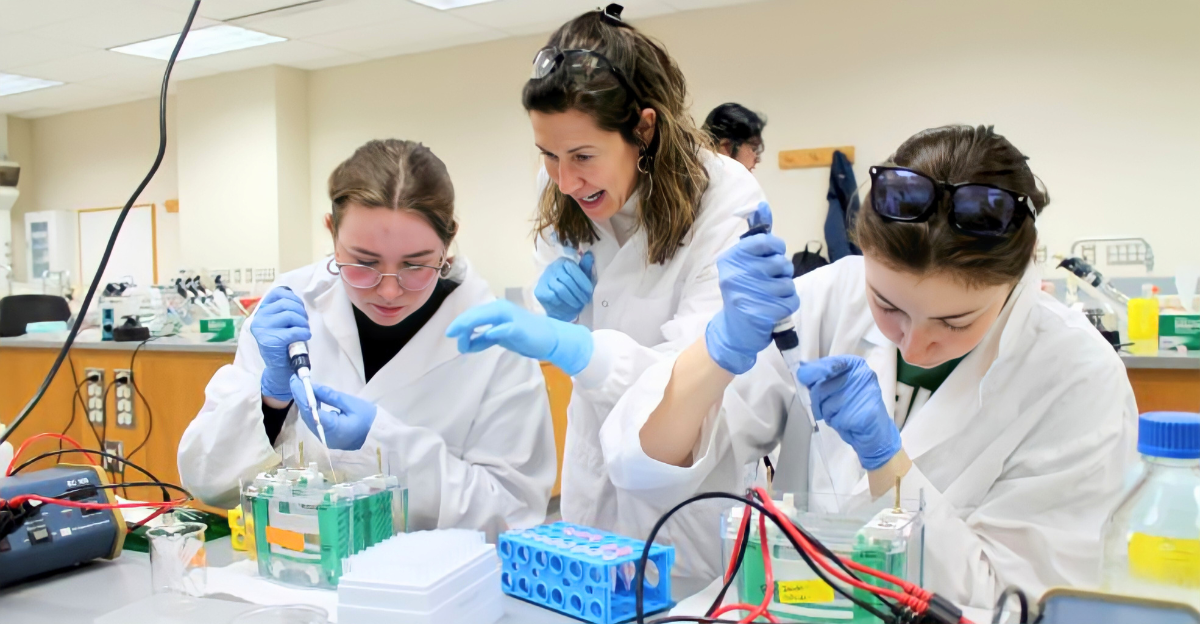
While DNA gives a complete genetic blueprint, it’s far more delicate and rarely survives more than a few hundred thousand years.
Proteins, while they don’t hold as much information, are more durable. That makes them especially valuable in studying ancient creatures.
This Is Just the Beginning
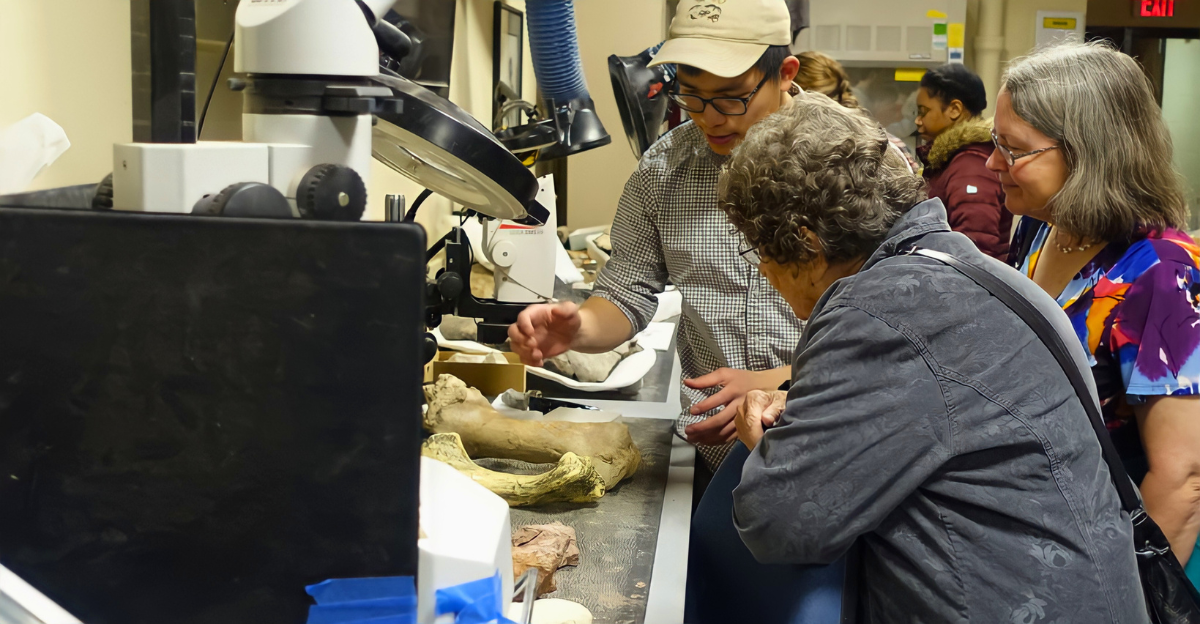
This discovery is opening a new chapter in paleobiology. By proving that proteins can survive 18 million years, scientists now have a powerful new tool.
More fossils will be re-examined, more mysteries may be solved, and our picture of the distant past may soon be sharper than we ever imagined.

